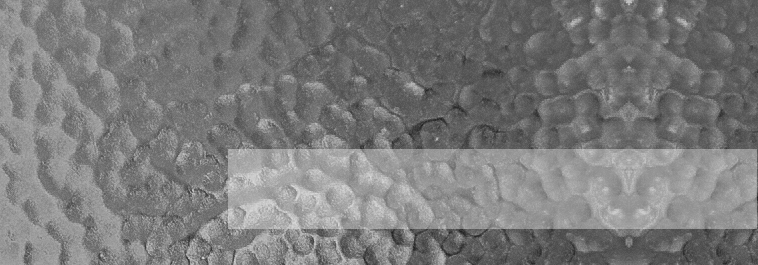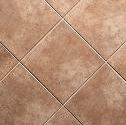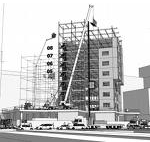|
Light Weight Filler
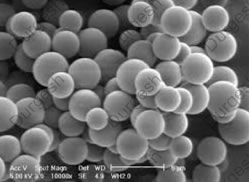
In the world of materials science and construction, the quest for innovative and sustainable solutions is a constant endeavor. One such breakthrough material gaining attention in recent years is cenospheres, tiny hollow spheres that exhibit remarkable properties. Among their many applications, cenospheres shine brightly as lightweight fillers, revolutionizing industries where weight reduction without compromising performance is the key.
Understanding Cenosphere – Light weight Filler
Cenospheres are microscopic, hollow spheres primarily composed of silica and alumina, and are a by-product of coal combustion in power plants. It emerges as an exceptionally lightweight and high-performance filler material, owing to its characteristics such as low density, diminutive size, spherical shape, robust mechanical strength, elevated melting temperature, chemical inertness, insulating prowess, and minimal porosity. This diverse set of attributes positions cenospheres as versatile components with a broad spectrum of applications across various industries. Notably, their suitability shines in reinforcing materials and conferring resistance to corrosion, as well as providing thermal and sound insulation to coatings or paints. Acting as multifunctional fillers, cenospheres seamlessly integrate into resins and binders, encompassing both thermoplastics and thermosetting materials. Their incorporation facilitates the reduction of product costs and weight, thereby enhancing multiple aspects of overall product performance. Due to their unique physical and chemical properties, cenospheres have found diverse applications, with their use as lightweight fillers taking center stage.
How Light Weight Filler is Produced?
In thermal power plants, the combustion of coal gives rise to fly ash, a by-product comprising ceramic particles predominantly composed of alumina and silica. This formation occurs at temperatures ranging from 1,500 to 1,750 °C (2,730 to 3,180 °F) and involves intricate chemical and physical transformations. The resulting fly ash exhibits significant variation in chemical composition and structure, contingent upon the specific characteristics of the coal combusted. The ceramic particles within fly ash manifest in three distinct structures. The first type is characterized by a solid composition and is referred to as a precipitator. The second type features a hollow structure and goes by the name cenospheres. The third type, termed plerospheres, consists of hollow particles with a larger diameter, housing smaller precipitators and cenospheres. This intricate process underscores the diverse nature of ceramic particles derived from the combustion of coal in India.
Unlocking the Potential of Cenospheres - The Lightweight Filler Revolution
Cenospheres, weighing 75% less than other commonly employed minerals for filling or extending purposes, present a lightweight alternative. Their natural properties allow for utilization in both dry and wet slurry forms. Managing cenospheres is facilitated by their inert characteristics, coupled with a low surface area-to-volume ratio, rendering them unaffected by liquids, solvents, alkalis, or acids. As hollow spheres, cenospheres serve as effective extenders for various plastic compounds, showcasing compatibility with thermoplastics, latex, polyesters, plastisols, epoxies, phenolic resins, and urethanes. Some of the key advantages of lightweight fillers include:
- Reduced Density but Enhanced Strength - Cenospheres or light-weight fillers are known for their exceptionally low density. Incorporating them into various materials, such as polymers, concrete, and coatings, can significantly reduce overall weight without compromising strength. This makes them an ideal choice for applications where weight reduction is critical, such as aerospace components and automotive parts.
- Improved Thermal Insulation - The hollow nature of cenospheres contributes to their excellent thermal insulation properties. When used as a filler in insulating materials, cenospheres help create a barrier against heat transfer. This makes them invaluable in industries where maintaining temperature stability is essential, including construction and manufacturing.
- Enhanced Buoyancy in Composites - Cenospheres' buoyant nature makes them particularly useful in buoyancy applications. When incorporated into composite materials, they provide buoyancy without compromising the structural integrity of the final product. This has implications in marine industries, where lightweight yet durable materials are in high demand.
Applications of Light-weight Filler across Industries
Construction and Infrastructure
The construction industry has embraced cenospheres as lightweight fillers in concrete formulations. By reducing the overall density of concrete, structures can be built with less material, leading to cost savings and improved energy efficiency. Additionally, cenospheres enhance the insulation properties of concrete, making buildings more energy-efficient.
Automotive and Aerospace
In the automotive and aerospace sectors, where weight directly impacts fuel efficiency and performance, cenospheres offer a compelling solution. Lightweight composites, incorporating cenospheres, are being used to manufacture components like dashboards, bumpers, and aircraft interiors. This results in vehicles that are not only lighter but also more fuel-efficient.
Coatings and Paints
Cenospheres find application in coatings and paints, contributing to both weight reduction and improved performance. Lightweight coatings with enhanced thermal insulation properties are employed in various industries, ranging from automotive to industrial equipment.
Challenges and Future Outlook
While cenospheres offer numerous advantages, challenges such as cost, consistent quality, and sourcing need to be addressed. Researchers and industry experts are actively working on optimizing production processes and finding alternative sources for cenospheres. As technology advances, the future of cenospheres as lightweight fillers looks promising. Continued research may uncover new ways to enhance their properties and widen their range of applications. The potential for sustainable manufacturing practices, such as utilizing waste materials to produce cenospheres, adds an environmental dimension to their appeal.
Cenospheres, once considered a byproduct, have emerged as a game-changer in the material industry. Their use as a lightweight filler has opened doors to innovation across various sectors, from construction to automotive and beyond. As industries continue to prioritize sustainability and efficiency, cenospheres are poised to play a pivotal role in shaping the future of lightweight materials. The journey from coal combustion byproduct to a versatile and sought-after material underscores the potential for unexpected solutions to arise from the most unlikely sources.
PROPERTIES OF CENOSPHERES
Cenospheres are small, high strength, extremely lightweight, free flowing, non porous, hollow ceramic spheres. The hollow ceramic glass bubble shape of the Microsphere results in a variety of uses other than simply being used as a Light-Weight Filler.
Cenospheres are a Filler used to replace minerals and resins where the benefits may be as diverse as weight reduction, improved thermal insulation, reduced shrinkage, improved fire resistance or simply easier application.
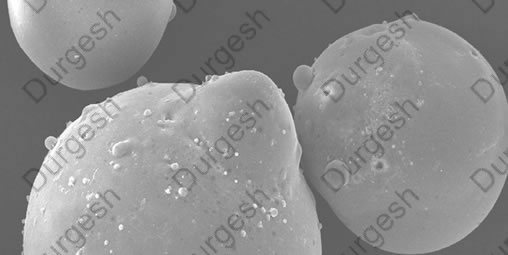
Cenospheres are used primarily as lightweight fillers in the oil and gas, plastics, building, refractories, automotive, aerospace and surface coating industries.
What Are The Advantages of Using Cenospheres?
Manufacturing Benefits: The spherical shape of Cenospheres improves flowability in most applications and provides a more even distribution of the filler material. The natural properties of Cenospheres make it possible to use them either in dry or wet slurry form. Cenospheres are easy to handle and provide a low surface area-to-volume ratio. Due to their inert properties, they are not affected by solvents, water, acids, or alkalis. Cenospheres are 75% lighter than other minerals currently used as a filler or extender and are 30 percent lighter than most resins.
Lowered Cost: Utilization of Cenospheres reduces the cost of manufacturers' raw materials. The savings may be recognized in one or more of the following benefits:
|
|
|
| Reduced Raw Materials |
|
Cost Improved Flowability |
| Reduced Resin Demand |
|
Improved Insulation Values |
| Resistant to Resin Absorption |
|
Reduced End Product Weight |
|
|
|
Product Improvement: Cenospheres can improve manufacturers' end products by improving strength, durability, and by reducing weight. Cenospheres also provide added buoyancy, better insulative properties, and reduced shrinkage and warpage values. Their spherical shape may improve product stability and increase resistance to impact. Used in the production of insulating materials, Cenospheres better control both sound values and thermal conductivity. Many other benefits or advantages may be realized depending on the application.
Improved Marketing Strategies: Improvements in the durability and strength of manufacturers' end products and a reduction in product weight enhance marketing strategies. A largely unaddressed advantage for product manufacturers is an environmentally responsible end-product. Manufacturers can use Cenospheres to produce an improved finished product without adding to the Earth's overburdened landfills. The chemically inert properties of Cenospheres make them 100 percent recyclable. With society's heightened interest in environmental concerns, the recyclable properties of Cenospheres can and should be used in marketing the manufacturers' end product.
GRADES OF CENOSPHERES
Our Cenospheres is Processed & Graded as per the following Quality Parameters:
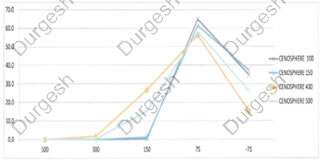
- Crush Strength
- Specific Gravity
- Particle Size Distribution
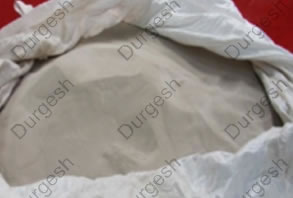
DMPL – 400 µm
- Our Standard Specification of Cenospheres
Standard Grades :
DMPL – 0.85 SG
DMPL – 0.80 SG
DMPL – 500 µm
DMPL – 400 µm
DMPL – 300 µm
Speciality Grades :
DMPL – 0.75 SG
DMPL – HIAL
DMPL – LFE
DMPL – 150 µm
DMPL – 100 µm
DMPL – 53 µm
If any of the above grades are beneficial to your application, please contact us for detailed Specification-Sheets & COA's.
PROCESSING PLANT
We have been Processing & Exporting Cenospheres since 2003 onwards. Our Processing Facility is located in Giridih (Jharkhand), India.
Our Customers are spread across the Globe. Our Cenospheres have been regularly used for several years in major markets such as USA, Middle East, North Africa, Japan, South-East Asia, Europe & South America.

Our Cenosphere Plant is spread across 5 Acres of land area with a storage space of above 50,000 Square Feet for Finished Product and 100,000 Square Feet for Raw Material.
Plant: We have state-of-the-art fully-Automated Processing Plant for Cenospheres. The system is fully automatic starting from raw material feeding to ultimately producing the Finished Product that is discharged directly into Jumbo Bags.
The Plant has an annual capacity to produce above 3,000 Metric Tons of Cenospheres per Year.
The Processing Plant has been custom-designed by us based on our several years of experience. The Processing-system has been developed based on Global Techniques, but further enhanced & refined by our goal to produce the most Light-Weight Cenospheres in India.
Our Processing Plant is operated under strict HSE & QAQC standards & complies to global norms.
Our Processing-Plant has been Approved by several Global Customers & Fortune-500 Companies as the "Best Processing Facility of Cenospheres in India."
QUALITY CONTROL
In-House Laboratory
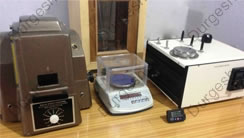
We have a fully-equipped International Standard in-house Laboratory at our Plant where we follow strict QAQC methods to maintain our Cenospheres quality.
We test the following Parameters of Cenospheres :
a) Crush Strength
b) Specific Gravity
c) True Density
d) Sinker's
e) Particle Size Distribution
f) Moisture
We issue a Certificate of Analysis along with each Shipment Lot with the test results for the above parameters.
Apart from our In-House Testing Laboratory, our Cenospheres can be Certified from the following International Agencies:
PACKAGING
We offer high-quality packaging for Cenospheres, tailored to our customer's specific requirements.
Our Standard Packaging of Cenospheres are :
- Big Bags of 500 KGS or 600 KGS
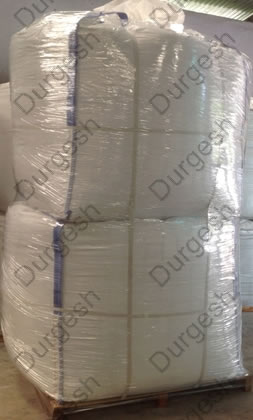
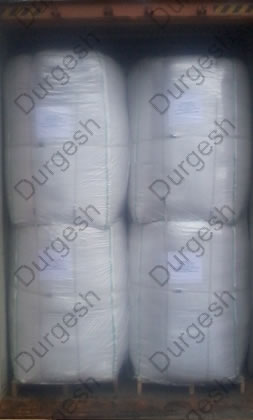
- Paper Bags of 20 KGS or 25 KGS
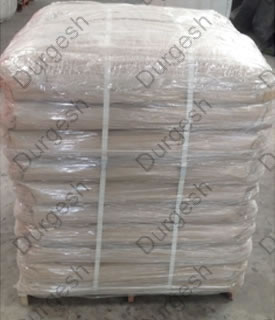
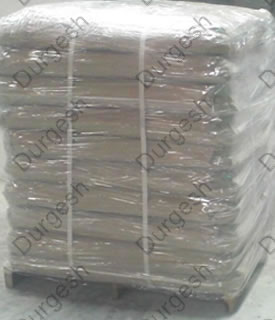
|
